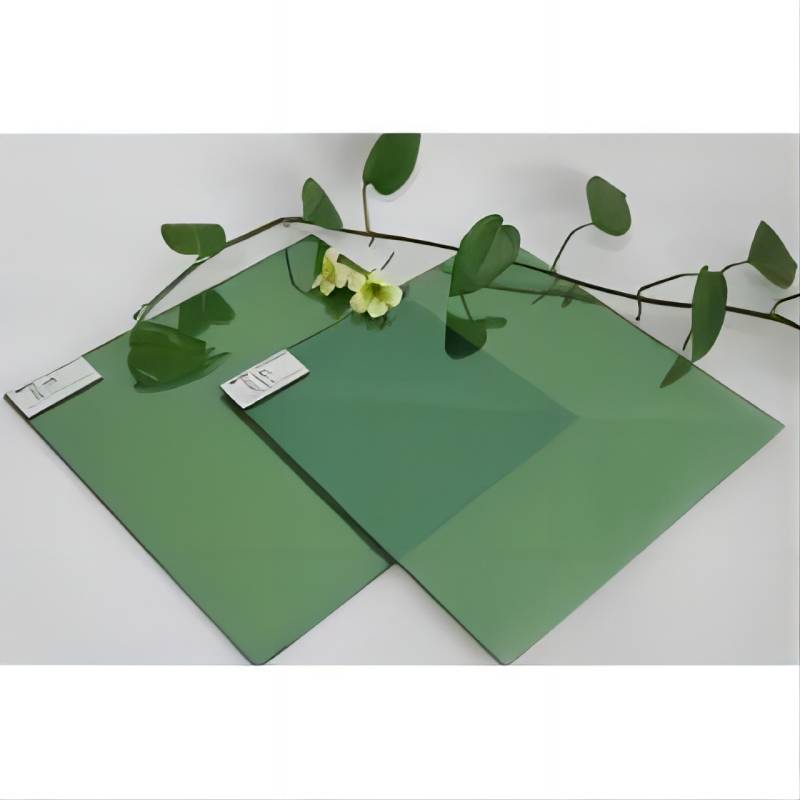Low Iron Glass Suppliers A Comprehensive Overview
In the world of glass manufacturing, low iron glass has carved out a niche due to its remarkable clarity and aesthetic appeal. This specialized glass is characterized by its reduced iron oxide content, making it significantly clearer than standard glass. As a result, low iron glass is often sought after for high-end applications, including architecture, design, interiors, and art installations. In this article, we will delve into the importance of low iron glass, its applications, and what to look for when choosing a supplier.
Understanding Low Iron Glass
Low iron glass, often referred to as optical glass, contains a minimal amount of iron oxide, which is primarily responsible for the greenish tint that traditional glass exhibits. By minimizing iron content, manufacturers can produce a glass that is nearly colorless, allowing for optimum light transmission and transparency. This feature renders low iron glass ideal for applications where purity and visibility are paramount.
Applications of Low Iron Glass
1. Architectural Use Architects and designers frequently choose low iron glass for facades, skylights, and large windows. Its high transparency allows natural light to permeate indoor spaces without the distortion or discoloration typical of standard glass. This makes buildings not only brighter but also more energy-efficient, as it reduces the need for artificial lighting during the day.
2. Interior Design In interior applications, low iron glass is popular for fixtures such as shower doors, glass partitions, and decorative elements. Furniture made from low iron glass also showcases a sleek and modern look, enhancing the overall design aesthetic of residential and commercial spaces.
3. Art and Displays Galleries and museums utilize low iron glass to protect artworks and exhibits. Its clarity ensures that nothing detracts from the visual appeal of the pieces on display, allowing viewers to fully appreciate the details and colors without interference.
4. Solar Panels Low iron glass is essential in the production of solar panels, where maximum light transmission is crucial for efficiency. By using low iron glass, manufacturers can improve the energy output of solar cells, making it an integral component of sustainable technology.
Choosing the Right Supplier
low iron glass supplier
Selecting a reliable low iron glass supplier is critical to ensuring high-quality products that meet specific project requirements. Here are some key factors to consider
1. Quality Standards A reputable supplier should adhere to industry standards and certifications, ensuring that their low iron glass meets the necessary specifications for clarity, durability, and performance.
2. Range of Products Look for suppliers that offer a variety of low iron glass products, including different thicknesses, sizes, and treatments (such as tempered or laminated options). This flexibility will allow you to source materials that fit your precise needs.
3. Customization Options Many projects require unique dimensions or finishes. Choose a supplier that can provide customization services to ensure that the glass components fit perfectly with your design vision.
4. Experience and Reputation Research potential suppliers to gauge their experience in the industry. Reviews, testimonials, and case studies can provide insights into their reliability and the quality of their products.
5. Technical Support An excellent supplier should offer technical assistance to help you understand the properties of low iron glass and its optimal usage. This support can be invaluable, especially for complex projects.
6. Sustainable Practices As sustainability becomes increasingly important in construction and manufacturing, opt for suppliers who prioritize eco-friendly production methods and materials. This not only benefits the environment but can also enhance your project’s appeal.
Conclusion
Low iron glass is a vital material in modern design and construction, offering unparalleled clarity and versatility. With applications spanning architecture, interior design, art, and renewable energy, understanding the value of low iron glass can significantly impact project outcomes. By choosing a reputable supplier, one can ensure they receive high-quality products tailored to their specific needs, ultimately elevating their projects and enhancing aesthetic appeal. As the demand for exceptional transparency continues to grow, low iron glass will undeniably remain an essential choice for architects, designers, and builders alike.
 Afrikaans
Afrikaans  Albanian
Albanian  Amharic
Amharic  Arabic
Arabic  Armenian
Armenian  Azerbaijani
Azerbaijani  Basque
Basque  Belarusian
Belarusian  Bengali
Bengali  Bosnian
Bosnian  Bulgarian
Bulgarian  Catalan
Catalan  Cebuano
Cebuano  Corsican
Corsican  Croatian
Croatian  Czech
Czech  Danish
Danish  Dutch
Dutch  English
English  Esperanto
Esperanto  Estonian
Estonian  Finnish
Finnish  French
French  Frisian
Frisian  Galician
Galician  Georgian
Georgian  German
German  Greek
Greek  Gujarati
Gujarati  Haitian Creole
Haitian Creole  hausa
hausa  hawaiian
hawaiian  Hebrew
Hebrew  Hindi
Hindi  Miao
Miao  Hungarian
Hungarian  Icelandic
Icelandic  igbo
igbo  Indonesian
Indonesian  irish
irish  Italian
Italian  Japanese
Japanese  Javanese
Javanese  Kannada
Kannada  kazakh
kazakh  Khmer
Khmer  Rwandese
Rwandese  Korean
Korean  Kurdish
Kurdish  Kyrgyz
Kyrgyz  Lao
Lao  Latin
Latin  Latvian
Latvian  Lithuanian
Lithuanian  Luxembourgish
Luxembourgish  Macedonian
Macedonian  Malgashi
Malgashi  Malay
Malay  Malayalam
Malayalam  Maltese
Maltese  Maori
Maori  Marathi
Marathi  Mongolian
Mongolian  Myanmar
Myanmar  Nepali
Nepali  Norwegian
Norwegian  Norwegian
Norwegian  Occitan
Occitan  Pashto
Pashto  Persian
Persian  Polish
Polish  Portuguese
Portuguese  Punjabi
Punjabi  Romanian
Romanian  Russian
Russian  Samoan
Samoan  Scottish Gaelic
Scottish Gaelic  Serbian
Serbian  Sesotho
Sesotho  Shona
Shona  Sindhi
Sindhi  Sinhala
Sinhala  Slovak
Slovak  Slovenian
Slovenian  Somali
Somali  Spanish
Spanish  Sundanese
Sundanese  Swahili
Swahili  Swedish
Swedish  Tagalog
Tagalog  Tajik
Tajik  Tamil
Tamil  Tatar
Tatar  Telugu
Telugu  Thai
Thai  Turkish
Turkish  Turkmen
Turkmen  Ukrainian
Ukrainian  Urdu
Urdu  Uighur
Uighur  Uzbek
Uzbek  Vietnamese
Vietnamese  Welsh
Welsh  Bantu
Bantu  Yiddish
Yiddish  Yoruba
Yoruba  Zulu
Zulu 

